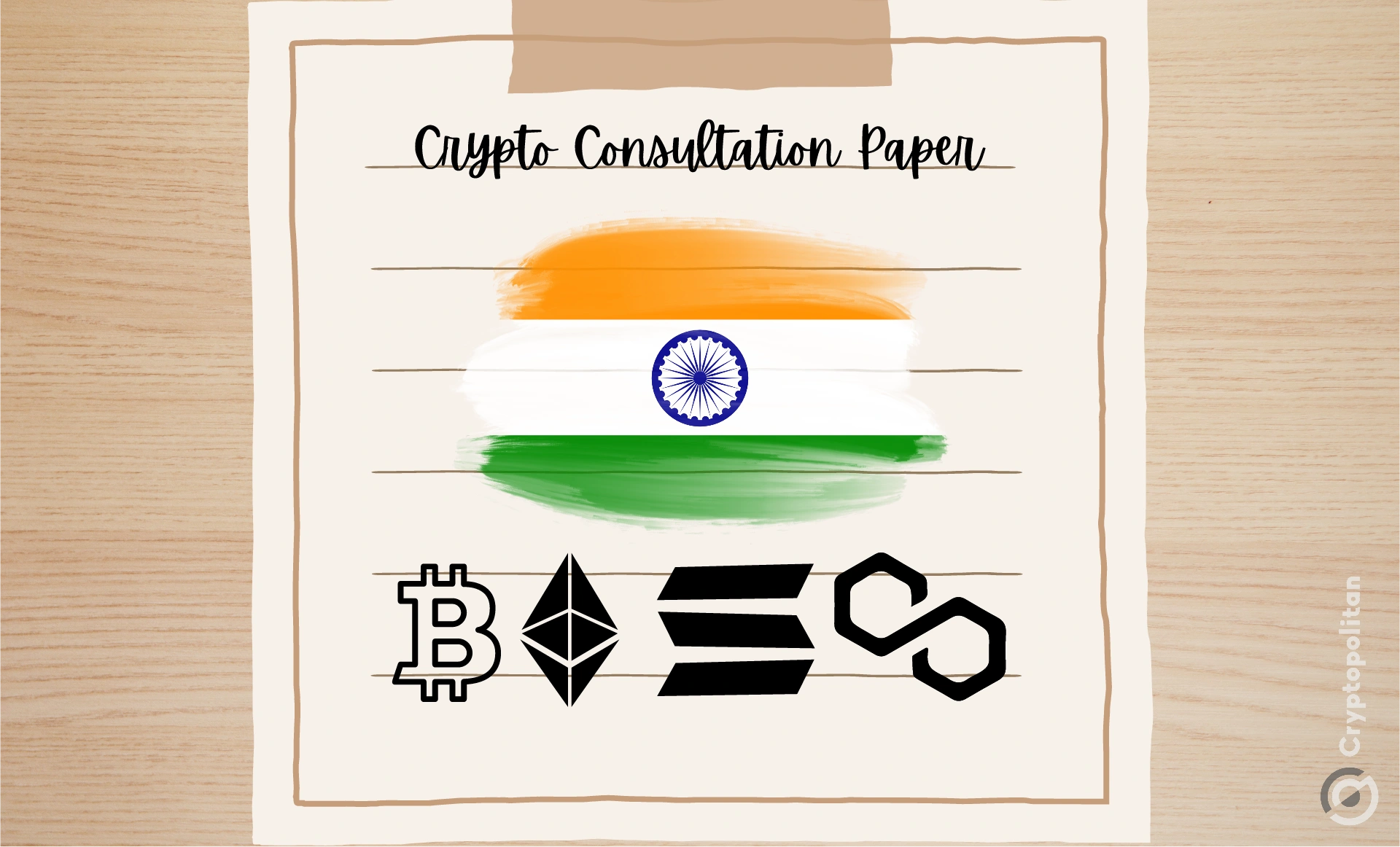As Prime Minister Narendra Modi celebrated India’s remarkable strides in space with its moon landing, another massive leap was taking place closer to home.
The finance sector. India is not just evolving, it’s rocketing ahead with audacious reforms that might just reshape the global financial landscape.
From cash-reliant chaos to digital dynamo
Decades ago, India’s financial system was laughably archaic. It was a playground for fraudsters, tax evaders, and bribe-takers, thanks to a cash-reliant model. But Modi wasn’t having any of it. The audacious 2016 move to yank high-value notes from circulation was a firecracker decision.
Sure, it was disruptive and chaotic, but sometimes you need to shake the tree to get rid of the bad apples. Coupled with the advent of Aadhaar – a universal digital identity system – and the Unified Payments Interface (UPI), it was clear Modi was pulling India out of financial stagnation.
The fruits? They’re sweet. PwC wasn’t shy in declaring the transformation: taxpayers up by 10%, and direct tax collections soaring by a staggering 19%. And then there’s UPI.
A low-cost network that’s been setting the digital world alight. A whopping 90 billion transactions in one year? That’s India for you, leaving even the likes of the US and China munching on its digital dust.
Yet, as with any game-changing initiative, there’s controversy. Aadhaar has its critics, especially when it comes to the possible marginalization of certain groups.
But here’s the deal: with over a billion Indians, or 99% of adults, enrolled, and 350 million using UPI for payments, it’s tough to argue against its impact. This isn’t just about the present; it’s about the future.
As smartphones become more accessible and 5G networks blanket the country, these numbers are bound to skyrocket. Plus, with credit and investment services ready to jump on the UPI bandwagon, India’s financial revolution is just getting started.
Bridging the gap and going global
India isn’t just stopping at home, either. The digital finance revamp is setting its sights abroad. Direct transfers to Singapore via the UPI? Already a reality.
And a partnership with the United Arab Emirates is on the horizon. Imagine the potential! Faster, cheaper remittances for the millions of Indians abroad, not to mention a boost to the tourism economy.
Still, let’s not forget the pockets of India untouched by this digital wave. Rural areas, where the digital revolution is just a distant whisper, are also in focus.
The recent voice-based transaction initiative is a testament to India’s commitment to financial inclusivity. Even in regions with patchy or nonexistent internet, direct phone-to-phone transfers are paving the way for progress.
And while we’re on the topic of innovation, let’s chat about the central bank digital currency (CBDC). With geopolitical shifts and the increasing global tension around traditional currencies, India is boldly exploring the digital currency frontier.
The pilot program for the digital rupee has already expanded, integrating seamlessly with the UPI system. This isn’t just about convenience; it’s about revolutionizing both retail and wholesale payments on an international scale.
Sure, the US dollar is still the big kid on the financial block. But with countries like India driving digital initiatives and collaborating with nations wary of the dollar’s dominance, we might just be witnessing the dawn of a new global financial order.
To sum it up, as India looks to the stars with its space endeavors, its feet are firmly on the ground, driving a digital finance revolution that’s both ambitious and transformative. One thing’s for sure: the world is watching.





